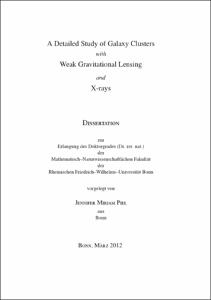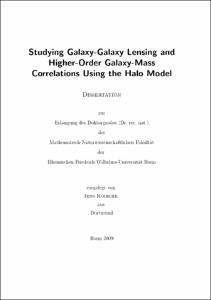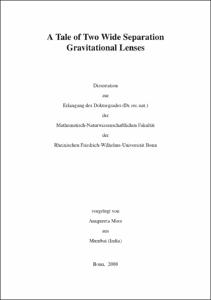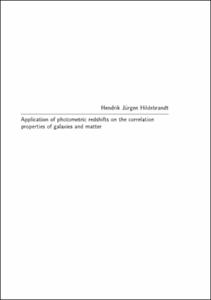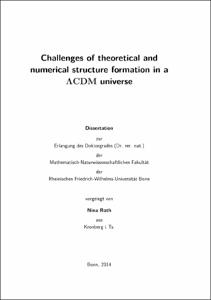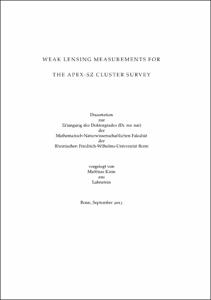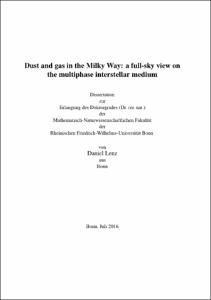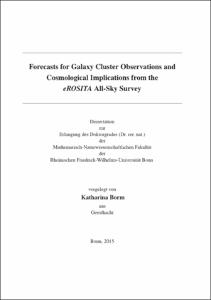E-Dissertationen: Search
Now showing items 1-10 of 10
A Detailed Study of Galaxy Clusters with Weak Gravitational Lensing and X-rays
(2012-07-17)
Galaxy clusters represent the top of hierarchical structure formation with the largest dark matter halos. Their abundance with respect to mass and redshift can be used to constrain cosmological parameters. The most extensive ...
Weak Lensing Mass Determination of Eight X-ray Selected Galaxy Clusters from the 400d Survey
(2011-01-19)
Evolution in the mass function of galaxy clusters sensitively traces both the expansion history of the Universe and cosmological structure formation. Hence, measuring the number density of galaxy clusters as a function of ...
Studying Galaxy-Galaxy Lensing and Higher-Order Galaxy-Mass Correlations Using the Halo Model
(2009-06-22)
In recent years, the distribution of galaxies in the Universe could be measured up to large distances and over a significant part of the sky. The analysis of this large-scale structure contains a wealth of cosmological ...
A Tale of Two Wide Separation Gravitational Lenses
(2008)
Wide separation gravitational lens systems are good candidates to probe the matter (luminous+dark) distribution in massive halos. Investigation of two wide separation lens systems is carried out. MG 2016+112 is a quadruply ...
Application of photometric redshifts on the correlation properties of galaxies and matter
(2007)
In the past years cosmology, the science of the universe as a whole, has seen tremendous progress. The Lambda-Cold-Dark-Matter scenario is widely accepted as the standard model of cosmology describing the evolution of the ...
Challenges of theoretical and numerical structure formation in a ΛCDM universe
(2015-06-22)
Systematic surveys of the extra-galactic sky have revealed the existence of large-scale structures in the Universe: the galaxy distribution is organized in a complex network of filaments surrounding underdense regions and ...
Weak lensing measurements for the APEX-SZ cluster survey
(2014-12-02)
The formation of structures in the universe, such as galaxy clusters, depends sensitively on cosmological parameters. Measuring the abundance of clusters as a function of mass and redshift therefore yields a way to constrain ...
Testing models of galaxy formation and evolution with galaxy-galaxy-galaxy lensing
(2021-03-29)
Explaining the formation and evolution of galaxies is a fundamental issue in modern astronomy. Several competing models try to explain how galaxies form and predict the relationship between galaxies and dark matter. A ...
Dust and gas in the MilkyWay: a full-sky view on the multiphase interstellar medium
(2016-11-04)
The Milky Way (MW) Galaxy is a unique laboratory to study the evolution of spiral galaxies, offering great sensitivities and angular resolutions with respect to observations of other galaxies. There, the large distance and ...
Forecasts for Galaxy Cluster Observations and Cosmological Implications from the eROSITA All-Sky Survey
(2016-04-19)
One of the most commonly asked questions in astrophysics today refers to the nature of dark energy. The characteristics of this parameter are imprinted in the large-scale structure of matter and accordingly also in the ......


